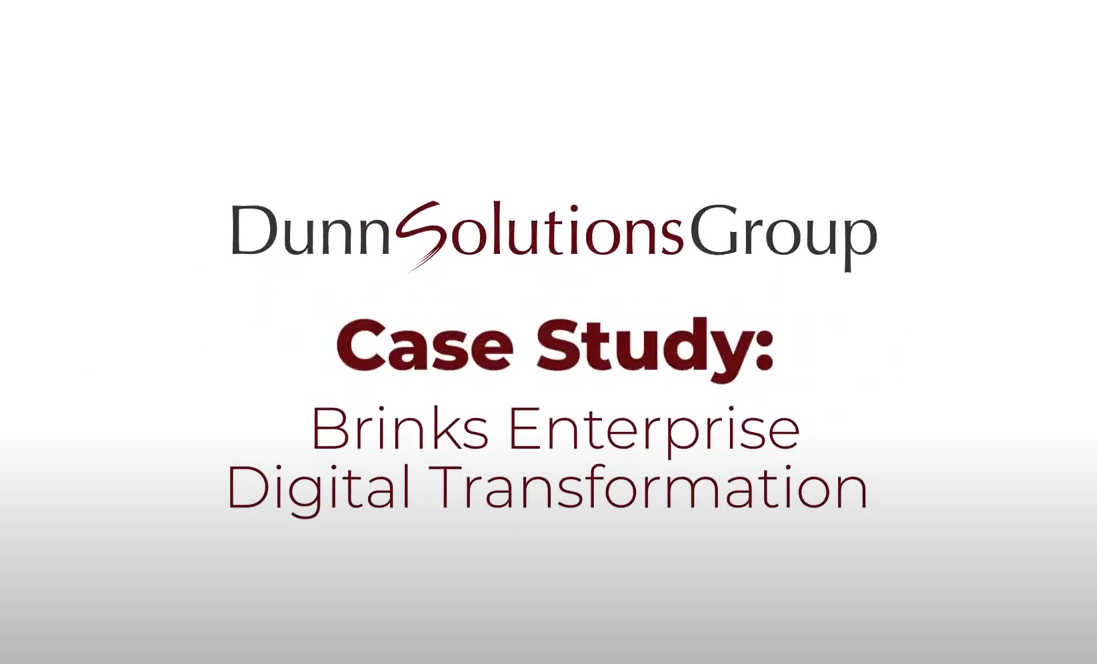This course will prepare you to:
explain and demonstrate the data archiving concept
gain an understanding of how to reduce the size of database tables
plan and implement a data archiving project
Developer
Development Consultant
Technology Consultant
Data Consultant/Manager
System Administrator
- Essential
- SAPTEC * Recommended
- Experience with planning, execution and monitoring of background jobs BIT400 or BIT500
- Basic Principles of Data Archiving
- Understand Data Archiving and its role in your system
- Determine the positioning of data archiving in SAP solutions
- Differentiate between data archiving and document storage
- The Archiving Object and its Customizing
- Describe and display the mandatory and optional components of an archiving object
- Describe the use of transactions SARA and AOBJ
- Maintain file names and file paths
- Maintain storage folders if you want to store archive files in a storage system
- Perform cross-archiving-object customizing
- Perform archiving-object-specific customizing
- Name possible variants in Data Archiving
- Maintain residence times for FI_DOCUMNT archiving object
- Maintain residence times for SD archiving objects
- Describe how to use user exits for SD archiving objects
- Target an existing content repository using the SAP CMS interface
- Data Assignment to Archiving Objects
- Determine the critical tables using "size" and "growth"
- Assign an archiving object to a table
- Choose one suitable archiving object from several that can be assigned
- Describe dependencies between archiving objects
- Use the network graphic to display archiving sequences
- Identify business, technical and legal considerations in data archiving
- Use transaction TAANA to determine appropriate selection criteria
- Use transaction TAANA to determine appropriate archiving objects
- Data Archiving Transaction SARA
- Carry out functions in transaction SARA
- Schedule archiving jobs
- Maintain variants
- Describe the authorization checks
- Monitor archiving jobs
- Display and interpret logs
- Interpret data archiving statistics
- Describe the procedure for errors and restart scenarios
- Describe how management data is structured
- Archive management data
- Interpret the status of archiving sessions
- Store archive files
- List possible external storage media
- Describe the connection between data archiving and system performance
- Describe the meaning and the requirements of a long-term archiving plan
- Read Access to Archived Data
- List the options for accessing archived data
- Display archived documents directly from the standard display transactions
- Access archived documents using special read programs
- Understand the reload function in the context of accessing archived data
- Describe the components and the usage areas of the Archive Information System
- Create or adapt an archive information structure
- Build an archive information structure
- Search for a document directly using the Archive Information System and displaying it in a technical view
- Describe the Document Relationship Browser (DRB) and its purpose
- Use roles in the Document Relationship Browser or personalize its functions
- Define and explain the purpose of the Data Retention Tool (DART)
- Describe the connection between data archiving and DART
- Describe which data DART saves in its extract files and how
- Explain why you need views of DART extracts
Course based on software release:
The training system is SAP ERP 6.0 EhP8. You can reuse the knowledge you will gain in the training in the same way for any higher release S/4HANA onPremise including.
Course notes and announcements:
In this three days course you’ll learn how to archive data to reduce database tables size within your SAP solution. You will learn to explain and demonstrate the data archiving concept, and to plan and implement a data archiving project
This is a SAP CERTIFIED Course. Your course will include Full Class Delivery of the comprehensive standard SAP curriculum agendas, SAP Certified Instructor, Demonstration and Presentation, Student Hands on exercises, Access to SAP Hosted servers/training environment, and SAP Certified participant guides.
With virtual live classroom training you get comprehensive training from SAP experts using seamless over-the Web connectivity. The same content delivered in SAP's traditional "brick and mortar" classrooms is presented during virtual live classroom deliveries. As in SAP's traditional classrooms, SAP virtual live classroom stresses hands-on learning providing each registered student with exclusive access to live SAP systems throughout each course. Each Virtual Live class is taught by a SAP Certified Instructor and will include an e-book student guide for you to download and keep. CPE Credits are currently available only for publicly scheduled courses delivered live at SAP locations and our Authorized Education Partner locations. CPE Credits are not available for virtual live classroom sessions.
Not finding any suitable dates? Contact us for additional available dates: education@kaartech.com



